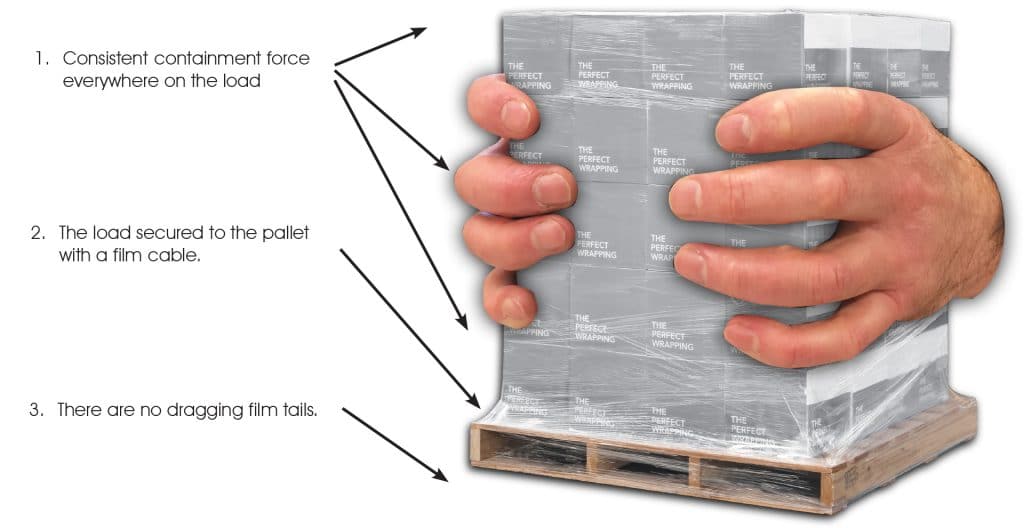Posted by Mike Cunningham on Sep 11th 2024
Effective Strategies to Reduce Pallet Wrap Costs
Pallet stretch wrap, a crucial component in securing and stabilizing goods for transportation, can represent a significant cost in logistics and warehousing. However, there are several effective strategies that businesses can implement to reduce these costs without compromising on quality or safety. Here are some key methods to achieve cost savings on pallet stretch wrap.
Efficient use of pallet wrap is fundamental in reducing costs. This can be achieved by:
Training Employees: Proper training on the correct techniques for wrapping pallets ensures that employees use the minimum amount of wrap necessary to secure the load effectively.
Standard Operating Procedures: Developing and implementing standardized wrapping procedures can help maintain consistency and reduce excessive use.
While high-performance wrap may come with a higher initial cost, its benefits can lead to overall savings.
Greater Stretch Capabilities: High-performance wraps often have better stretch characteristics, meaning less material is needed to achieve the same level of security.
Performance: High performance wraps are less likely to tear, reducing the need for re-wrapping and minimizing waste.
Automating the Process: Investing in automation can significantly optimize the wrapping process. Stretch wrappers can apply the wrap more consistently and efficiently than manual application, reducing material usage and ensuring uniformity.
Waste Reduction: Automated systems can precisely control the amount of wrap used, minimizing excess and ensuring each pallet is wrapped securely and cost-effectively.
Process Improvements: Use audit findings to continuously improve wrapping procedures, reduce waste, and enhance efficiency.
Reducing pallet stretch wrap costs is not about compromising on quality but rather about optimizing usage, investing in efficient solutions, and exploring cost-effective alternatives.
By implementing these strategies, businesses can achieve significant savings while maintaining the integrity and safety of their palletized goods.

Investing time and resources into training, automation, and regular audits can yield long-term financial benefits and streamline the wrapping process, making it a win-win for businesses aiming to cut costs without sacrificing performance.

